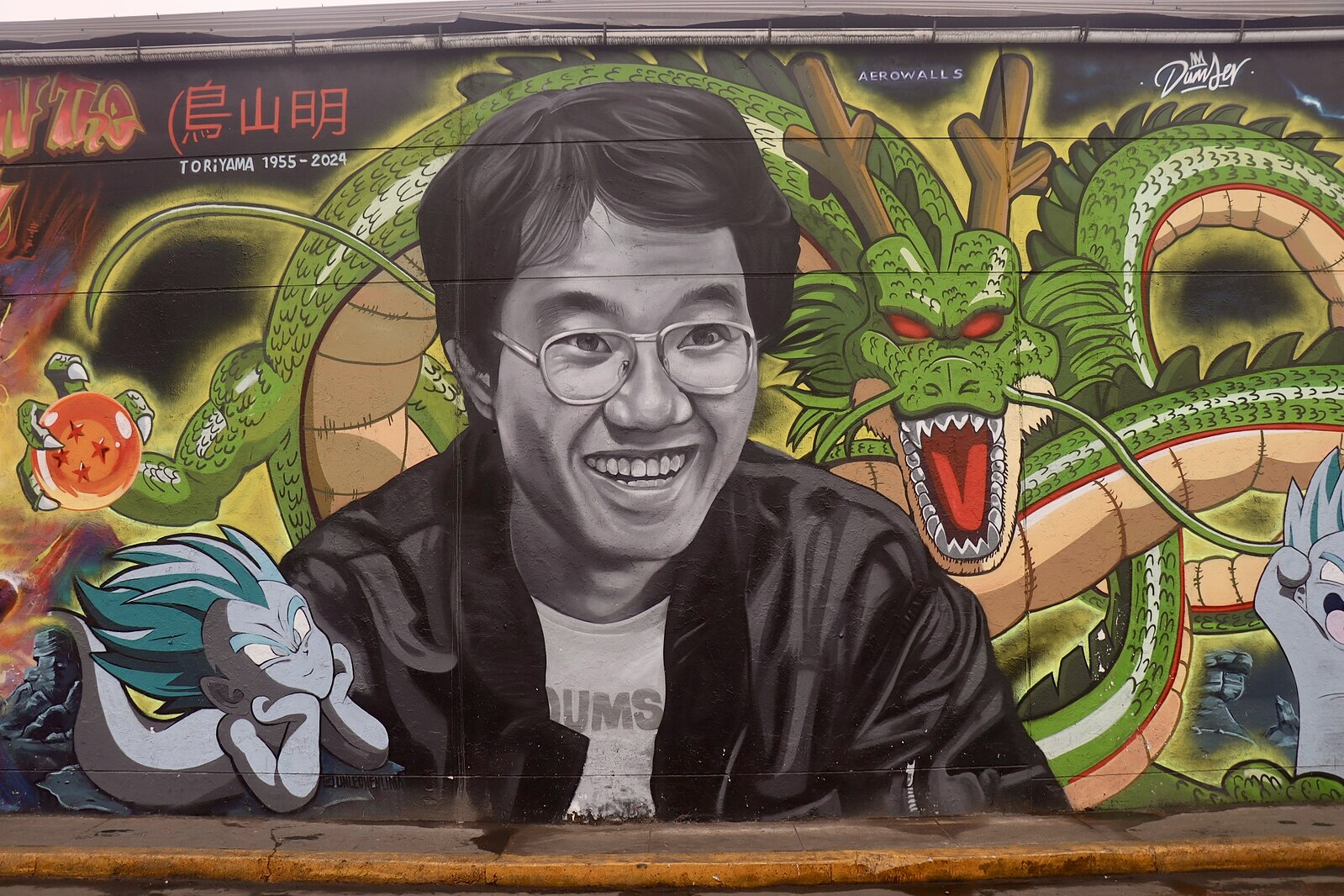The legacy of manga genius Akira Toriyama

On March 1, 2024, Akira Toriyama, creator of Dragon Ball, Dragon Quest, Dr. Slump, and many other series passed away due to an acute subdural hematoma, leaving behind a roughly 40-year legacy of inspirational manga and other beloved media throughout the world.
Born in the city of Kiyosu, Akira Toriyama started off drawing animals and pictures as a hobby. He found inspiration in television and movies like Astro Boy, 101 Dalmatians, Gamera, and others. He then attended a creative design class in high school before moving on to an advertising agency job in Nagoya.
His manga career began after he quit that job when he submitted one of his works to a manga competition; while it was disqualified for being a Star Wars parody, it caught the eye of manga editor Kazuhiko Torishima who decided to give him another chance. This resulted in Toriyama’s first published work Wonder Island and then later his first hit manga Dr. Slump about the episodic hijinks of a robot girl.
Still, Toriyama felt that Dr. Slump had run its course but he was having trouble thinking of what to draw. Eventually; he was encouraged by a relative to make a manga based on the martial arts movies he’d been watching recently like those of Bruce Lee and many others, which led to the creation of the one-shot Dragon Boy before it was then refined into the 1980s manga Dragon Ball. This would go on to be arguably his most successful work, selling 160 million copies in Japan and up to 260 million worldwide with several spinoffs, video games, movies, etc…
The Dragon Ball manga garnered lots of attention in the ‘80s for a variety of reasons; aside from its distinct art style Toriyama excelled at visual storytelling and illustrating movement which allowed him to use afterimages to portray a windup and swing to make fast movements convincing and make the punches and kicks feel agile and powerful.
Toriyama is also good at building tension to get the audience invested; he can raise the stakes on a conflict in a way that feels natural and that makes the reader
A good example of this in Dragon Ball specifically would probably be the portrayal of the antagonist Demon King Piccolo, an imposing figure who quickly establishes himself as a threat in a variety of ways whether it be beating the main characters senseless, destroying the dragon after wishing to restore his youth, or even taking over the world in the span of a day. Although he is eventually defeated, the suspense brought about by Piccolo’s many defeats was something that kept me reading, and later on in Z, Toriyama would go on to make that kind of tension a staple of the series.
It is for reasons like these that the art and narrative of Dragon Ball have stayed with the audience throughout several generations and even after Toriyama’s death, his work lives on as one of many foundations of the Shonen manga genre that goes on strong to this day.














